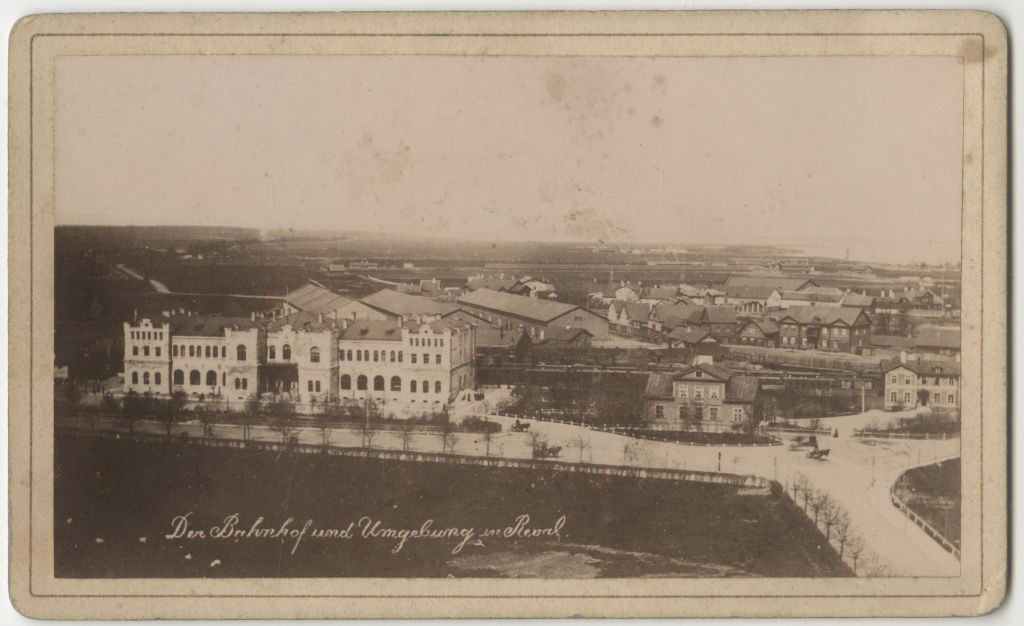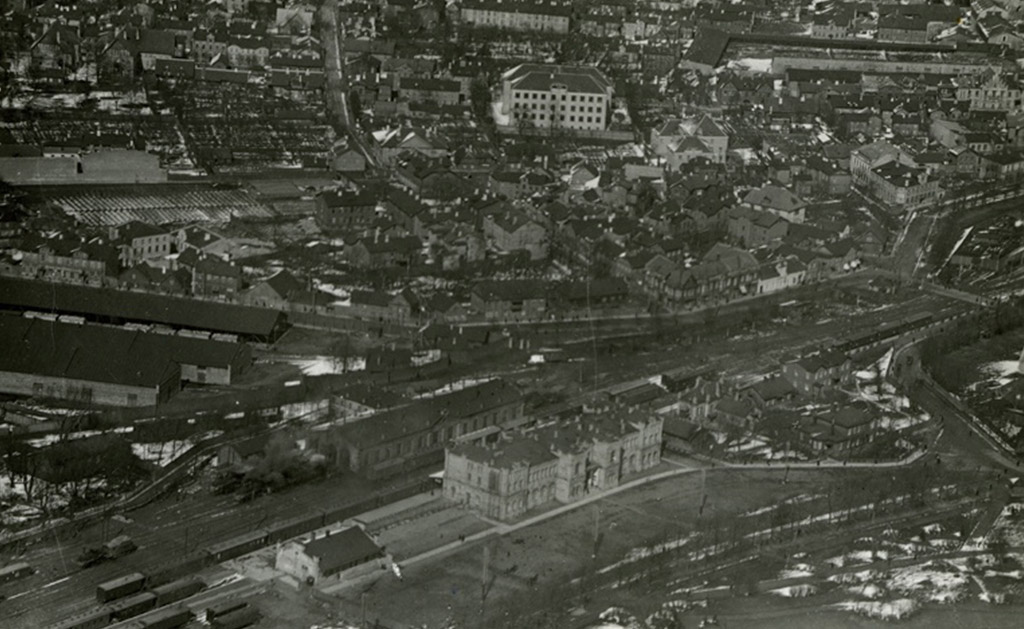History
An exiting and colourful look at the history of the market
Baltic Station Market is located at Kopli 1 on the border of Kalamaja and Kelmiküla, in the reconstructed Verner’s limestone warehouses that dates back to the late 19th century.
The mysterious home for the apparently dead was opened on the site of the present market immediately before the construction of the railway in the second half of the 19th century. Eccentric doctor Heinrichsen was obsessed with the idea of establishing a care home for the apparently dead in Tallinn. Many blood-curdling horror stories of people who had been buried and had then woken up in their graves were doing the rounds in Europe at the time.
The doctor left everything he owned to the city on the condition that it be used to establish a shelter by the road leading to Kopli cemetery for the apparently dead, so that these people could be saved. People could take their deceased relatives to the shelter, just in case they would wake up from the dead. It also had to have a separate room with some beds, where those who had woken up could think about their future in peace and quiet. The city government was very sceptical about carrying out the doctor’s will, so establishing the care home therefore took about ten years. In 1865, the local newspaper finally informed the citizens about the extraordinary establishment on the plot number 3 behind Nunnavärava.
Unfortunately, none of the dead woke up. Soon, people in the city were hearing rumours that the landlady of the establishment was not letting the beds stay empty. Since there weren’t that many patients, the home turned into a guest house that offered accommodation for travellers.
The buildings of the shelter were sold at an auction a couple of years after the completion of the Baltic railway. Three long limestone warehouses, which could also be accessed by the railway branch lines, were built t in the 1870s. They could first be seen on the town map of 1885.
The story of the Baltic railway started in 1862, when the first railway construction project in Estonia was submitted to the Russian Finance Minister on the initiative of the local knights. They requested the construction of a railway on the St Peterburg-Tallinn-Paldiski route. After rejecting the idea several times, the government officials finally granted permission.
The Baltic Railway Station was built in 1870 and was the main station of the Baltic railway. The beautiful station building designed by Otto Rudolf von Knüppfer was opened on the 24th of October (5th of November according to the new calendar) in 1870. The limestone walls of the station building from the tsarist era have largely been preserved in the new station building that was opened in 1967.
The majority of the buildings on Kotzebue street next to the warehouses were destroyed during the March bombings in 1944, but the warehouses themselves did not suffer much damage. The buildings housed the central warehouses of the city’s renovation administration during the Soviet period.
The main factories of the Baltic Railway were also opened in 1870 on site of the present Telliskivi Creative City. The factories were expanded from 1873 to 1874, including the construction of a locomotive depot and workshop, which have survived almost unchanged today with the extensions that were built later. The buildings were used as a locomotive depot and a repair workshop until spring 2015, when their conversion into the DEPOO Market began. The rails that were ordered from England in the 19th century for the Baltic Railway still support the roof above the two carriages of DEPOO.
Baltic Station Market was opened in the area of the former Verner’s warehouses by Kopli street on the 1st of October in 1993. The market became a place with a dubious reputation, a sign of early capitalist Estonia.
The market today
The plans to replace the squalid market with a shopping centre emerged in 2007. The height of the market building created a lot of dispute. However, another ten years went by before the renovation of the market, which had got in the way of the rapid development of Kalamaja, finally started.
In January 2016 Astri Group started erecting a contemporary market building in place of the former Baltic Station Market, trying to preserve as much as possible of the historical limestone buildings. The cornerstone ceremony took place on the 16th of June in the same year. The market found a temporary home in the territory of the newly opened DEPOO on the neighbouring plot at Telliskivi 62. The new and renovated Baltic Station Market first opened its doors on the 19th of May in 2017.

